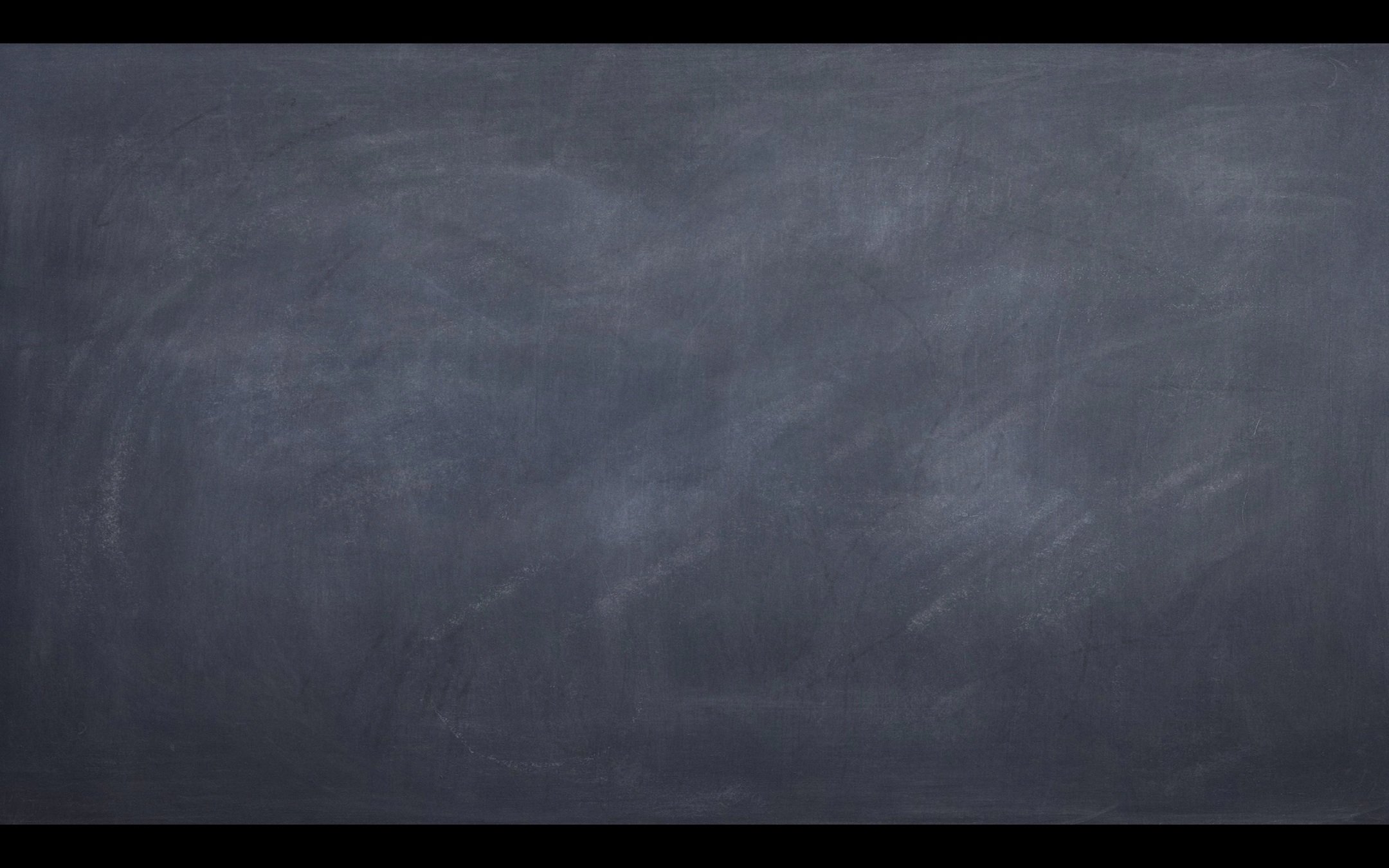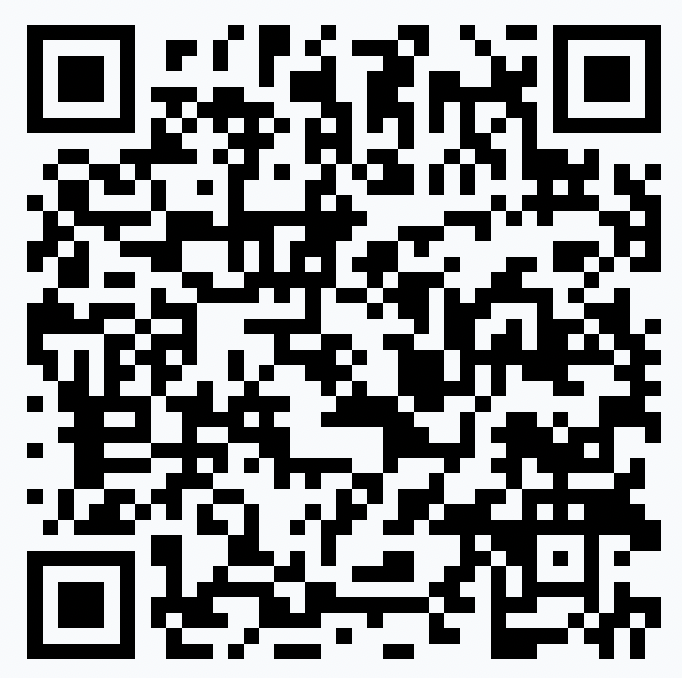General Equilibrium
Christopher Makler
Stanford University Department of Economics
Econ 50: Lecture 26
Where We Are
Today:
General Equilibrium
Unit I:
Autarky
Given resource constraints, production functions, and utility functions, solve for the bundle the market would "choose" to produce in competitive equilibrium.
(endogenize all prices, income, wages)
Given resource constraints, production functions, and utility functions, solve for the bundle a single agent would choose to produce and consume.
Effect of a Change in Demand
Consider two goods (“guns” and “butter”) which are unrelated
but which both use the same resource (e.g. labor) in production.
What happens in both markets
if there is a demand shift
in the market for one of the goods?
Consider a PPF with "guns" (military goods) and "butter" (civilian goods)
An international conflict increases the demand for guns. What effect does this have on the market for butter?
Step 1: The increased demand for guns raises the price of guns, thereby increasing the demand for labor by gun firms at every wage:
So, let's put this all together.
The increase in demand for guns leads to an increase in overall labor demanded, which leads to an increase in the wage rate.
What effect does this have on the supply curves of guns and butter?
Conditions for
GDP Maximization
TANGENCY CONDITION
CONSTRAINT CONDITION
Firms in industry 1 set \(w = p_1 \times MP_{L1}\)
Firms in industry 2 set \(w = p_2 \times MP_{L2}\)
How does competition achieve this?
Wages adjust until the
labor market clears

pollev.com/chrismakler

Why did the wage rate go up in this model?
“Chain of Causality"
- Increase in demand for good 1:
- Movement up along the supply curve for good 1 → produce more good 1, increase \(p_1\)
- Increase \(p_1\) → outward shift of the demand for labor from firms producing good 1
- Increase in labor demand → equilibrium wage increases for all firms
- Increase in wage affects supply of good 2:
- Movement up along the labor demand curve for firms producing good 2
- Inward shift of the supply curve for good 2 → produce less good 2
- Secondary effect: increase in wage also reduces supply of good 1
- Cumulative effect:
- Produce more good 1 and less 2.
- Use same amount of labor in total → stay along the PPF
General Equilibrium
The Circular Flow
In our consumer theory, we've treated income as exogenous.
In our producer theory, we've treated wages as exogenous.
We've also assumed firms are maximizing profits, but haven't said where those profits go.
Crazy thought: what if the money firms pay for labor becomes the income of workers?
...and their profits become the income of the owners/shareholders of the firm?
Consumers
Good 1 Firms
Market for Good 1
Market for Good 2
Market for Labor
Good 2 Firms
Money flows clockwise
Goods, labor flow counter-clockwise
General Equilibrium: Everyone optimizes, all markets clear simultaneously.
Competitive Equilibrium
Review: Autarky (Chuck on a desert island)
We sometimes call the autarky model the "centralized" model: if there were a single agent making a decision, what would they do?
Similarly, we call competitive equilibrium a "decentralized" model, because lots and lots of individuals are making small decisions that add up to what "society chooses"
1. Given prices \(p_1,p_2\), firms will choose the point \((Y_1^*,Y_2^*)\) along the PPF where \(MRT = \frac{p_1}{p_2}\)
2. All money received by firms \((p_1Y_1^* + p_2Y_2^*)\) will become income \(M\) for consumers.
3. Given prices \(p_1,p_2\) and income \(M\), the consumer will choose the point \((X_1^*,X_2^*)\) along the budget line where \(MRS = \frac{p_1}{p_2}\)
4. At equilibrium prices, markets clear (\(X_1^* = Y_1^*\) and \(X_2^* = Y_2^*\)) so \(MRS = MRT\).
5. In disequilibrium, there is a shortage in one market and a surplus in the other, pulling the system toward equilibrium.
Overview of General Equilibrium
1. Given prices \(p_1,p_2\), firms will choose the point \((Y_1^*,Y_2^*)\) along the PPF where \(MRT = \frac{p_1}{p_2}\)
2. All money received by firms \((p_1Y_1^* + p_2Y_2^*)\) will become income \(M\) for consumers.
3. Given prices \(p_1,p_2\) and income \(M\), consumers will choose the point \((X_1^*,X_2^*)\) along the budget line where \(MRS = \frac{p_1}{p_2}\)
Equilibrium in and Disequilibrium in the Short Run
If consumers and firms all face the same price, and if they choose the same quantity in response to that price, then MRS = MRT.
pollev.com/chrismakler

Suppose the equilibrium price ratio is \(p_1/p_2 = 2\).
If \(p_1 = p_2 = 2\), in which market(s), if any, is there a shortage or a surplus? Which market(s), if any, are in equilibrium?
pollev.com/chrismakler

Suppose all consumers have the utility function
\(u(x_1,x_2) = x_1 + x_2\)
and that the PPF has the normal bowed-out shape (exhibits diminishing marginal returns/increasing opportunity cost).
Which of the following must be true in general equilibrium, if the economy produces positive quantities of each good in equilibrium?
Suppose all consumers have the utility function
\(u(x_1,x_2) = x_1 + x_2\)
and that the PPF has the normal bowed-out shape (exhibits diminishing marginal returns/increasing opportunity cost).
Key Takeaways
In general equilibrium, everything having to do with money has been endogenized.
We are left with the same things Chuck had on his desert island:
resources, production technologies, and preferences.
As an individual in autarky, Chuck solved his maximization problem by setting
the marginal benefit of any activity he undertook equal to its opportunity cost.
Markets solve the problem of how to resolve scarcity in the same way:
by having everyone equate their own MB or MC to a common price,
which represents the opportunity cost of using resources in some other way.